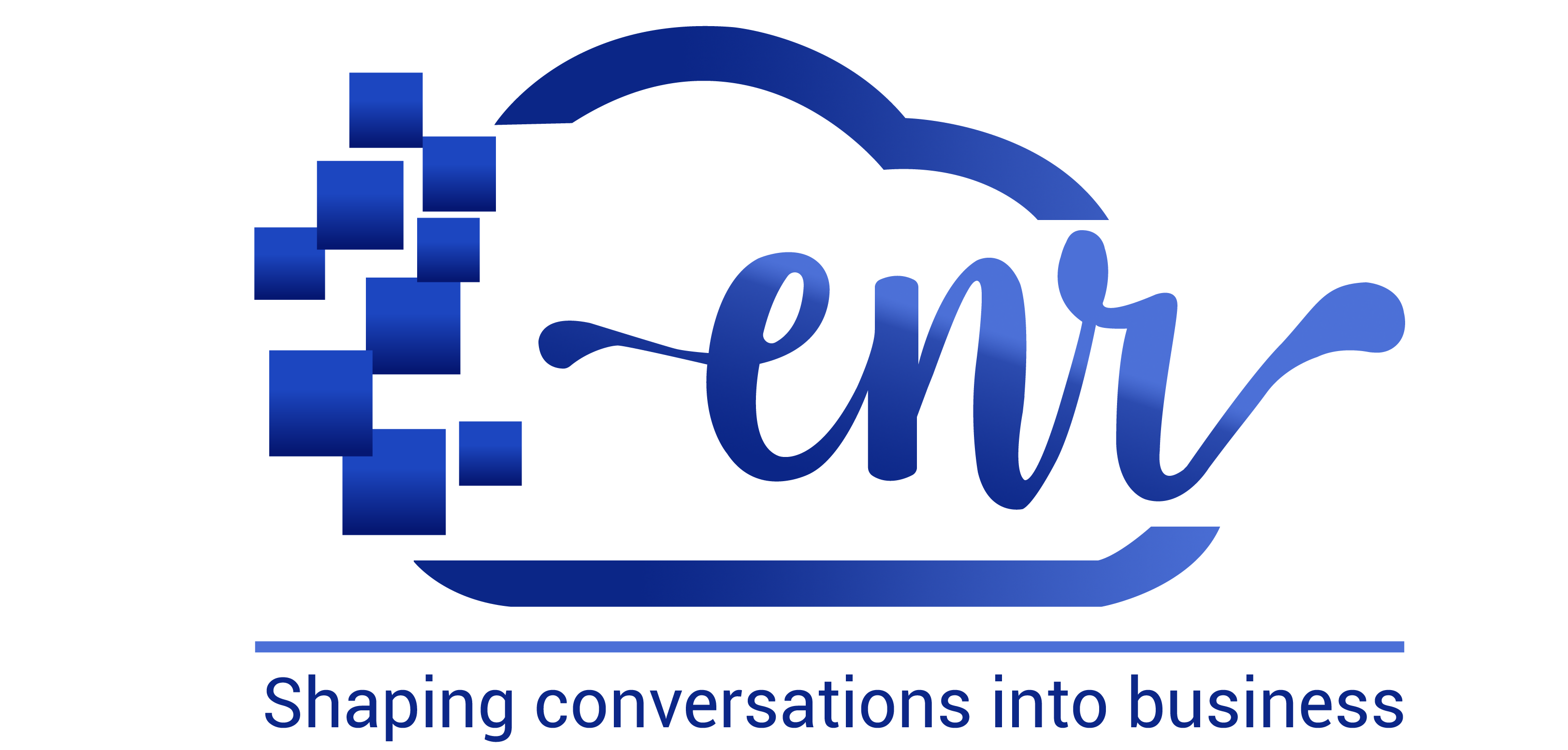With the rapidly changing digital scenarios in the 21st century and constantly evolving technologies, it has become impossible to avoid automation. Challenges of automation minimizes human inputs and completes the mundane tasks such as data collection, social media campaigns, etc. Simpler and easier. Automation includes many things, such as process automations, business automation, IT automation, Intelligent automation and Integration Automation (between system and consumer applications).
Table of Contents
ToggleAutomation Machine Process

However, implementation of automation is not just a matter of simply downloading a software and letting it run on its own. Automation is a machine process, and it needs human inputs to run efficiently. It has a broad impact on the business, and hence it is important to spend some quality time understanding its nuances and mastering it. Let us dive deep into the challenges of automation faced by most small, medium, and large businesses:
- Rooting for just one piece of technology
This is the most common challenge faced by most businesses. Not every automation can be applied to everything. For example, process automation and business automation both do different things. The choice of automation processes should focus on business outcomes, and the tools offered should align with the goals holistically.┬Ā
- Employee resistance, job displacement, and workforce adaption
As ŌĆśmachinesŌĆÖ take over human jobs, the businesses have been rejoicing over improved accuracy and saved time, but there has been a sense of trepidation among employees in all sectors. A major challenge faced in implementing automation is the employee resistance to it.┬Ā It is important to consider the impact of automation on each team. Employees may also need to adapt to the new roles to learn skills that remain relevant in an automated environment. Showcasing the benefits of automation and the ways to upskill is a way to reduce the resistance to automation.┬Ā
- Difficulty in integration of disparate technologies
Setting up automation is a complex and time-consuming process. Integration is the most important as well as most challenging part of automation. Digitalization is accelerating, but lack of smooth integration becomes a road bump in the way of digital transformation.
A simple business might require for up to more than 20 automations, which can be a challenge. Integration should extend to data migration, configuring workflows, careful planning, technical expertise, and existing systems. Not mastering integration can lead to system failures, loss of leads, inefficiencies, and errors.
Costs and investments of Challenges of Automation

In the long-term, automation is definitely a cost saving investment. However, the challenge is the cost and investment needed in the initial set ups. Advanced technologies such as AI, robotics, enterprise level automation platforms, categorizing different automations for different goals, etc.
Require significant upfront investments. Many businesses with limited resources find it challenging to meet the expenses of purchasing equipment, software, training workforce and integration of automation. The cost prohibitive nature of automation often delays adoption of automation.┬Ā
- Restricted flexibility
Automation systems are designed to certain processes and are very rigid in their functionality. They are not adept in dealing with changed scenarios and often require manual interventions to complete some non-standard task. Automations take time to adapt to the business needs that change rapidly.
Relying on automation as the only problem solver reduces the flexibility in adapting to complex issues. This can be a major automation challenge for many businesses. Lack of flexibility can create bottlenecks or inefficiencies.
- Misalignment between stakeholders and other users
Meeting expectations is one of the biggest challenges of automation in the modern world. Automation cannot work in vacuum you will need people to run it and take its insights. Irrespective of the quality of tools or resources you use misalignment between stakeholders and end-users can lead to losses.
More than 50% businesses report a gap between IT decision makers and business leaders regarding automation expectations. Miscommunications between the different teams often hamper the automation process. Another challenge in the process is resistance to the changes.┬Ā
- Technical boundaries of automation
Automation is not the solution to all problems. Not having realistic expectations of automation is the challenge that most businesses face. Automation is not the solution to improperly designed processes and does not compensate for system failures, hardware failures, cybersecurity attacks, and other vulnerabilities which can lead to downtime.┬Ā
Expecting automation to give the final output in minutes overcoming all complexities is challenging for any automation software. Automation has technical limitations, but it does not replace human judgement and creativity.┬Ā
- Reduced human touch and personalization
Automation in sales and marketing, and customer service especially Intelligent automation reduces the human interaction. Though it can give personalization to some degree, it can still feel impersonal and the impact customer experience. Automation challenge is the lack of empathy, creative problem solving, and intuition. This can lead to missed opportunities for business.┬Ā
- Overdependency and overuse of technology
Over-reliance is the biggest challenge of automation. Lack of oversight and critical thinking is hampered, and the workflow efficiency decreases. Another drawback of automation reliance is that it leads to loss of human skills and expertise and when a glitch happens. the system loses critical time and there is a delay in troubleshooting.┬Ā
- Gaps in skills and training
Automation requires scalability, and it means the workforce needs to be trained properly. New skills in areas such as software development, data analysis and system management become much needed. Reskilling or upskilling employees can be costly and time consuming.┬Ā
The challenges of automation can be easily overcome. The benefits of automation overshadow the challenges. By addressing the challenges proactively, it is very easy to harness the full potential of automation and boost overall efficiency, innovation, and ROI of the business.
Read Also: The Future of Automation: How to Make the Most of It
Written By – Ritika Khanna
Ritika Khanna is a senior product solution expert at EnRcloud and a part of the marketing consultancy and growth team. Helping brands to address their Engagement and Retention problem statement using New Age and AI Powered Marketing Automation Platforms. Apart from this, I am adaptive to any work environment and also a good team player.





